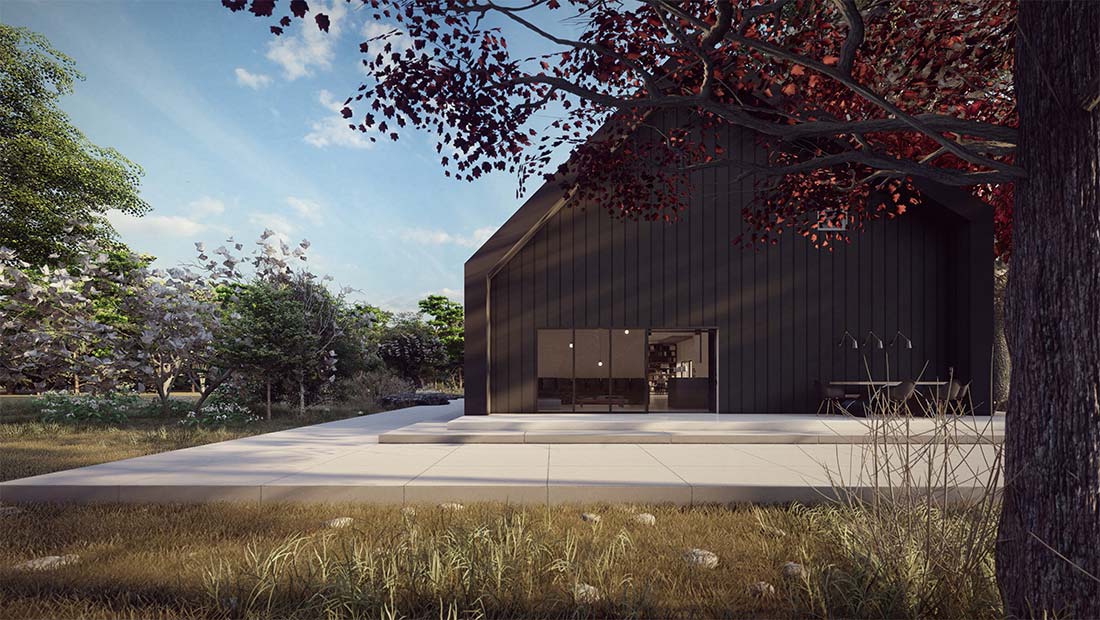Healthy Urban Environments
As urban populations continue to grow and evolve, it is imperative to design healthy urban environments that foster sustainable development and enhance quality of life. Our approach focuses on three key areas:
First, the strategic and proactive integration of green infrastructure can effectively mitigate the negative impacts of urbanization. By blurring the boundaries between nature and buildings, this approach enhances air quality, reduces heat, and provides spaces for relaxation and recreation, thereby improving overall well-being.
Second, encouraging physical activity—such as walking and cycling—is crucial for cultivating healthy urban settings. However, it is vital to promote the right types of physical activity rather than simply increasing overall activity levels. While convenient urban design can offer benefits, prioritizing activities that support human health through the integration of medical insights into the planning process is essential.
Third, the implementation of AI-driven smart city solutions can enhance the efficiency and safety of urban spaces. By optimizing land/air use and simulating the environmental impacts of various design choices, these technologies can inform more sustainable urban planning practices.
In conclusion, designing healthy urban environments for the future necessitates a focus on human health in urban development initiatives. By fostering collaboration across historical, present, and future contexts, we can create cities that are more resilient, inclusive, and livable.

